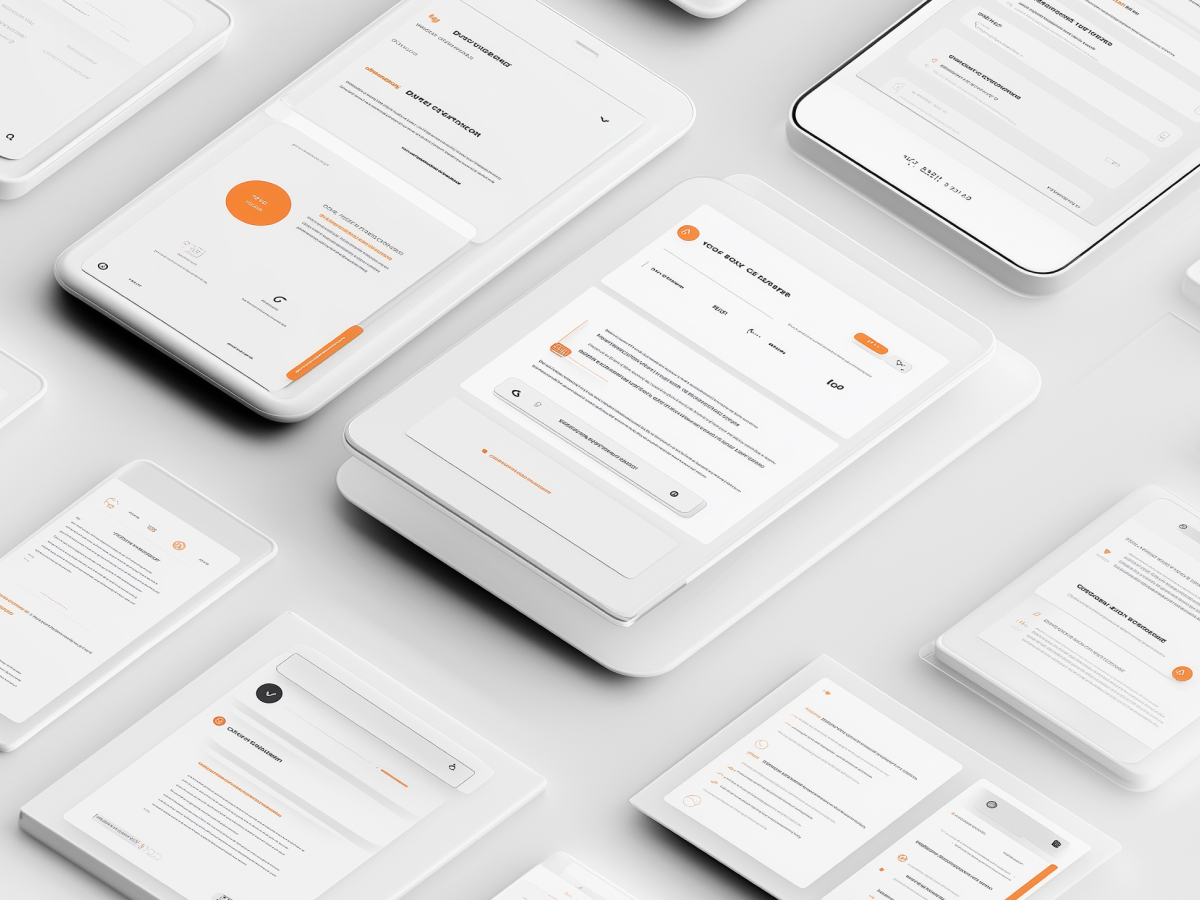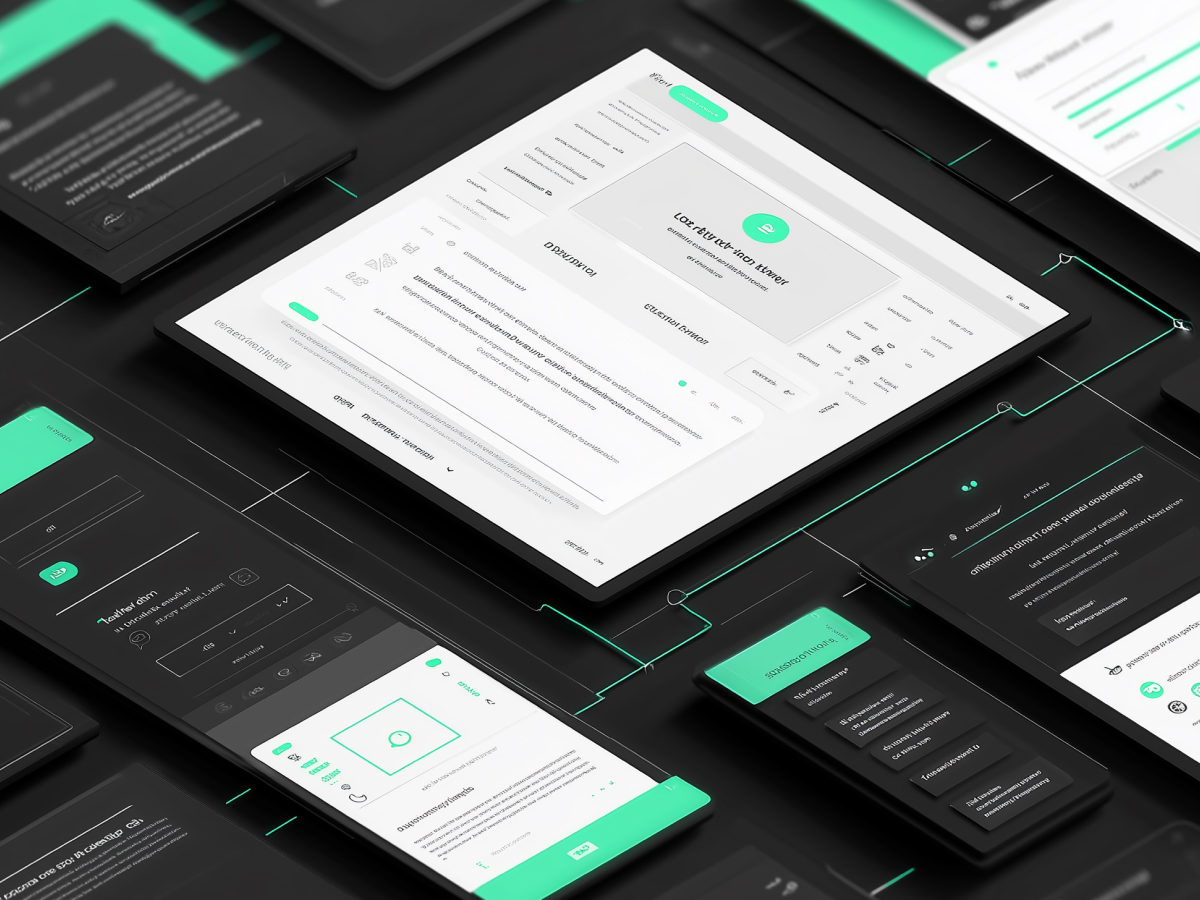Choose a DLP tool suited to your environment
When you’re scaling a business or protecting valuable data, one size doesn’t fit all, especially in cybersecurity. Data Loss Prevention (DLP) is a good idea. But blindly implementing a “top-rated” tool could cause more problems than it solves. The real value of any DLP solution comes from how well it fits into your existing tech environment and supports the way your teams work, across locations, departments, and platforms.
This is where executives often miss the mark. They choose a solution based on features instead of infrastructure fit. If you’re already running a secure access service edge (SASE) setup, see if your platform includes a DLP module before buying something new. If your enterprise is already tied into Microsoft 365, then Microsoft Purview DLP is a logical step forward. It integrates well, but heads-up, licensing complexity can be a roadblock. The point is, integration matters more than novelty.
A clean technical deployment only sets the stage. What matters next is deep alignment, will it disrupt your cloud platforms, your endpoints, your user workflows? Have you tested it in a sandboxed environment that mimics your real-world conditions? If not, you’re running blind. Deploying DLP means choosing the right tool to work with your systems, not against them.
Good security doesn’t mean productivity has to suffer. The right DLP solution will secure your assets without slowing your teams down. Test aggressively. Pressure your vendors. Your end goal must be operational protection that scales with you.
Set realistic timelines for deployment
Data Loss Prevention (DLP) isn’t a quick install. You’ll configure the system, set rules, apply policies, identify sensitive data types, and you might think you’re done. But the technical rollout is the shortest part of the journey. Integrating it into how people actually work, that’s slower and harder. Culture, behavior, and resistance can’t be patched overnight.
Most DLP projects stall because leadership pushes for speed. You want fast results. You push the team. But then, workflows break. Employees get blocked from doing their jobs. Business-critical roles raise red flags up the chain. What started as a security upgrade becomes a productivity issue. That’s where enforcement gets rolled back, or worse, ignored.
Here’s the better move: build in extra time from the start. Minimum weeks, more likely months. You’ll need it to identify edge cases, refine your rules, train users, and respond to concerns. You’re changing how an organization handles sensitive data. That kind of shift needs breathing room.
Executives should understand that while speed is important, unpredictable variables emerge when policy meets real-world behavior. Anticipating resistance, pressure-testing configurations in realistic scenarios, and responding thoughtfully avoids costly missteps. You don’t need perfect control right away, you need consistent forward progress with room to learn and adapt. That’s how you operationalize DLP in the real world.
Engage all relevant stakeholders early
Treating DLP as just another IT project is a strategic misstep. It touches how data flows across your business, how employees interact with information, and how compliance obligations are met. If you bring in legal, privacy, HR, finance, and operations after the groundwork is already laid, there’s a high chance you’ll be forced to revisit critical decisions under pressure.
Engaging the full stakeholder ecosystem, early and often, is non-negotiable. Legal and compliance will want visibility into monitoring requirements. HR needs to understand employee impact. Finance will flag conflicts tied to reporting cycles or data handling practices. These are core considerations, and overlooking even one puts the entire rollout at risk.
Decisions on enforcement thresholds, policy scope, and exception handling need cross-functional input from day one. Otherwise, you’ll lose time handling objections when systems go live, leading to reversals that damage credibility and delay impact. If you don’t consult a department, they’re more likely to resist enforcement, usually when it matters most.
Executives should push for early alignment to avoid costly escalations later. Bring everyone into the discussion while the system is still flexible. When every group has had a say before deployment, you build support instead of resistance. It might take more upfront effort, but it protects your timeline and strengthens adoption. DLP is only effective if the organization is committed, across every line of business.
Communicate changes clearly to end users
You can’t enforce what people don’t understand. If you roll out a DLP program without preparing employees, expect pushback. If workflows are suddenly blocked or data handling feels restricted, users will find their own paths. That introduces risk, technical and organizational, and can lead to leadership questioning the entire rollout.
Instead, take a transparent approach. Start in monitor mode. Let the tool observe data movement without actively blocking anything. Use this phase to identify weak points, refine your rules, and get ahead of potential disruptions. Share feedback with teams. Make adjustments. Prepare your workforce for what’s coming before enforcement begins.
Communication must be clear, accessible, and consistent. Long policies no one reads won’t cut it. People need short, specific guidance: what’s changing, why it matters, how they’re affected, and where to go for help. Build simple forums, FAQs, live Q&As, training sessions, to answer questions and solve issues in real time. Provide clear escalation paths for urgent workarounds so critical operations don’t stop.
For executives, the message matters as much as the mechanics. When employees understand the purpose, protecting the company’s advantage, customer trust, and compliance posture, they’re more likely to support the program. Without clarity, even well-designed security runs the risk of being abandoned under pressure. To secure data at scale, first secure buy-in at the user level.
Start small and expand gradually
Rolling out DLP enterprise-wide from day one doesn’t increase efficiency, it increases risk. The smarter approach is to focus on one region, department, or business unit first. Use this initial phase to validate policy logic, fine-tune enforcement triggers, and uncover integration challenges. It’s the difference between guessing and knowing what works.
By starting small, you create a space to learn before the stakes get higher. You’ll see where workflows break, identify which rules are too rigid, and learn how different teams handle data in practice. That operational feedback is invaluable. It allows your security and compliance teams to make precise adjustments before scaling to broader environments.
Phased rollouts also let you navigate regulatory environments more cleanly. For example, starting in U.S. operations means avoiding early exposure to GDPR requirements. Once your team demonstrates success and stability domestically, expanding into Europe, South America, or other international regions becomes more structured. You’ll go in with evidence, not assumptions.
Executives should look for measurable wins in these early phases: reduced policy violations, faster resolution workflows, improved employee awareness. Call them out across the company. Internal recognition, formal or informal, builds energy. Momentum matters. Once people inside your organization see that DLP can work without slowing them down, implementation in new regions becomes easier to justify, fund, and enforce. Start focused. Scale intentionally.
Involve legal and privacy teams early for international compliance
If your business operates in multiple jurisdictions, DLP is a compliance obligation. What you can monitor and where that data can travel depends on the laws of each region. In the U.S., there’s more flexibility. But once your deployment touches the EU, Brazil, or other regions with strict privacy legislation, the requirements intensify.
Regulations like the General Data Protection Regulation (GDPR) define employee privacy as a legal right, not an operational preference. That means monitoring policies must account for prior employee notification, the purpose of surveillance, and how data is stored, accessed, and retained. In some countries, data residency laws block information from being transferred outside national borders. If your system overlooks these boundaries, the exposure can be financial, reputational, or both.
Legal and privacy leaders need to be in the room early. They can identify constraints around employee consent, cross-border controls, and documentation requirements that come up during audits. Waiting until late-stage rollout to resolve regulatory blockers leads to fragmented enforcement and inconsistent compliance—both of which undermine the entire program.
Executives should treat compliance alignment as a build-time requirement, not a post-launch patch. What’s enforced in one location might be unlawful in another. The only way to scale DLP globally without putting the company at risk is to integrate legal and privacy strategy from the beginning. That’s how you protect both your data and your operation.
Key highlights
- Choose a tool that fits your environment: Leaders should prioritize DLP tools that align with existing infrastructure, workflows, and platforms like Microsoft 365 or SASE to avoid unnecessary complexity and operational disruption.
- Build in realistic deployment timelines: Commit to longer rollout tracks that account for technical setup, and for cross-functional adoption, workflow adjustments, and resistance management.
- Engage all stakeholders from the start: Avoid costly delays by involving legal, HR, compliance, finance, IT, and department leads early to surface blockers before policies are enforced.
- Communicate clearly to end users: Use phased deployment with strong user education, starting in monitor mode, to build understanding and limit resistance before hard enforcement begins.
- Start with a focused rollout: Launch in one region or department to iterate on policies, prove value, and build internal momentum before scaling across the organization.
- Address global compliance from day one: Involve legal and privacy teams early to make sure DLP enforcement meets data residency laws, employee privacy requirements, and regulatory standards across regions.





